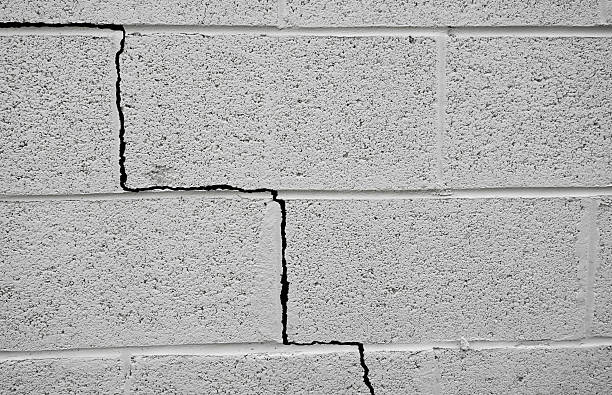Understanding the Foundations of Construction
Before delving into the potential pitfalls, it’s crucial to grasp the fundamentals of construction foundations. The foundation is not merely a concrete slab laid upon the ground; rather, it serves as the crucial interface between the structure and the underlying soil. Properly designed and constructed foundations distribute the load of the building evenly, ensuring stability and longevity. However, any deviation from this ideal scenario can set the stage for disaster.
Identifying Common Construction Flaws
Construction flaws encompass a broad spectrum of errors, ranging from design miscalculations to shoddy workmanship. One prevalent issue is inadequate site preparation, where builders fail to properly compact the soil or account for potential environmental factors such as water drainage. Additionally, subpar materials or poor construction techniques can compromise the integrity of the foundation, leading to cracks, settlement, or even collapse over time.
The Domino Effect: How Flaws Cascade into Foundation Damage
The insidious nature of construction flaws lies in their ability to trigger a cascade of repercussions, ultimately manifesting as foundation damage. For example, a minor oversight during the pouring of concrete can result in uneven settling, exerting uneven pressure on the foundation walls and causing cracks to form. These seemingly innocuous fissures can then allow moisture infiltration, further exacerbating the problem and undermining the structural integrity of the entire building.
Mitigating Risks and Ensuring Structural Resilience
While the prospect of construction flaws may seem daunting, proactive measures can mitigate risks and safeguard against potential damage. This includes rigorous quality control protocols throughout the construction process, as well as regular inspections and maintenance post-construction. Furthermore, advancements in construction technology, such as real-time monitoring systems and innovative foundation designs, offer promising avenues for enhancing structural resilience and durability.
The Role of Professional Expertise and Regulation
In the battle against construction flaws and foundation damage, the expertise of qualified professionals cannot be overstated. Architects, engineers, and construction managers play pivotal roles in ensuring that projects adhere to rigorous standards and regulations. Moreover, government oversight and building codes serve as essential safeguards, establishing minimum requirements for construction practices and materials to protect public safety and welfare.
Case Studies: Learning from Past Mistakes
Examining real-world examples of construction flaws and their consequences can provide invaluable insights into the potential pitfalls to avoid. From historical landmarks to modern skyscrapers, no structure is immune to the effects of poor construction practices. By studying past failures and implementing lessons learned, builders can proactively identify and address potential vulnerabilities in their own projects, ultimately reducing the risk of foundation damage.



